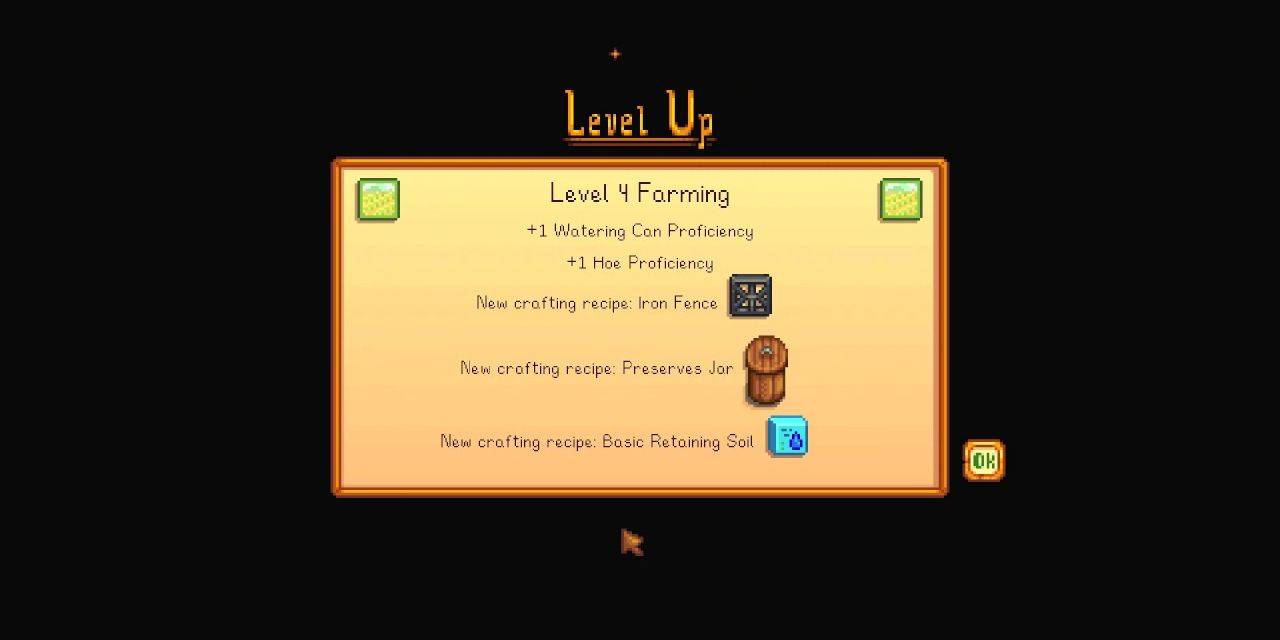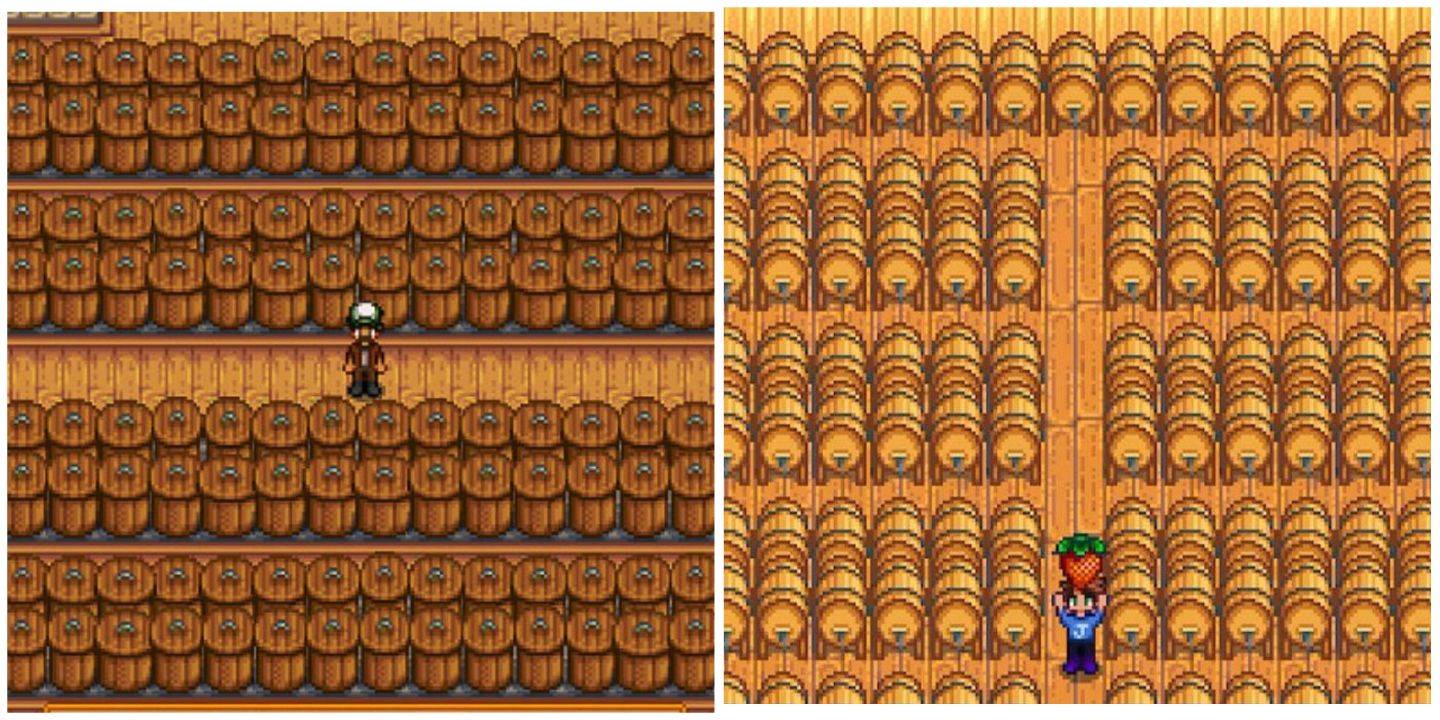This Stardew Valley guide details Preserves Jars, a crucial tool for maximizing profits from crops and foraged goods. Crafting artisan goods is key to wealth, and Preserves Jars offer an early-game advantage.

Obtaining Preserves Jars:
The Preserves Jar recipe unlocks at Farming Level 4, requiring:
- 50 Wood
- 40 Stone
- 8 Coal
These resources are readily available early in the game. Wood comes from chopping trees, stone and coal from mining. Completing the Quality Crops Bundle (or Rare Crops Bundle in remixed saves) in the Community Center also rewards a Preserves Jar, and they may appear in the Prize Machine.
Uses for Preserves Jars:
Preserves Jars transform various items into artisan goods, significantly increasing their value. The Artisan profession (Farming Level 10) boosts profits by 40%.
| Item Category | Product | Sell Price | Health/Energy | Processing Time |
|---|---|---|---|---|
| Fruit | Jelly | 2x (base fruit value) + 50 | Edible: 2x base energy & health; Inedible: 0.5x value (health), 0.225x value (energy) | 2-3 days |
| Vegetable/Mushroom/Forage | Pickles | 2x (base item value) + 50 | Edible: 1.75x base energy & health; Inedible: 0.625x value (energy), 0.28125x value (health) | 2-3 days |
| Sturgeon Roe | Caviar | 500g | 175 Energy, 78 Health | 4 days |
| Other Fish Roe | Aged Roe | 60 + (base fish price) | 100 Energy, 45 Health | 2-3 days |
Important Notes:
- Only energy-positive foraged items can be pickled.
- Sell prices are based on the base item value, regardless of quality. Use lower-quality produce for maximum profit.
- The 1.6 update significantly expanded the range of foraged items that can be pickled, including Dandelions and Purple Mushrooms.

Preserves Jars vs. Kegs:
Both create artisan goods, but Preserves Jars are more profitable for low-value fruits (<50g) and vegetables/forage (<160g) and process faster. Kegs are better for higher-value items. Preserves Jars are essential for processing fish roe and mushrooms, which can't be used in kegs.

Maximize your profits by strategically using Preserves Jars for low-value, high-yield crops and foraged goods, and remember their unique role in processing fish roe and mushrooms. This will significantly boost your income and overall farm efficiency.






























